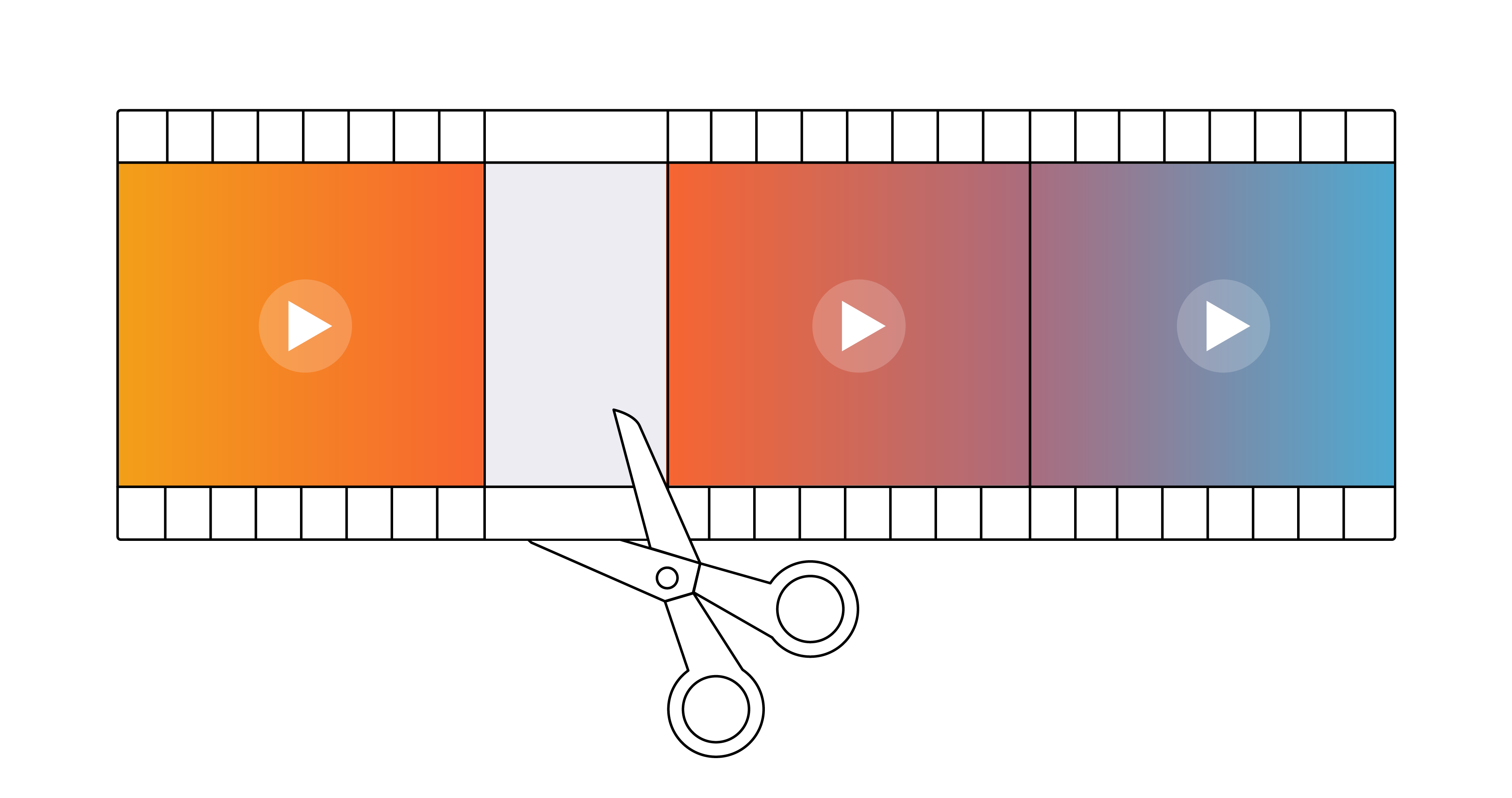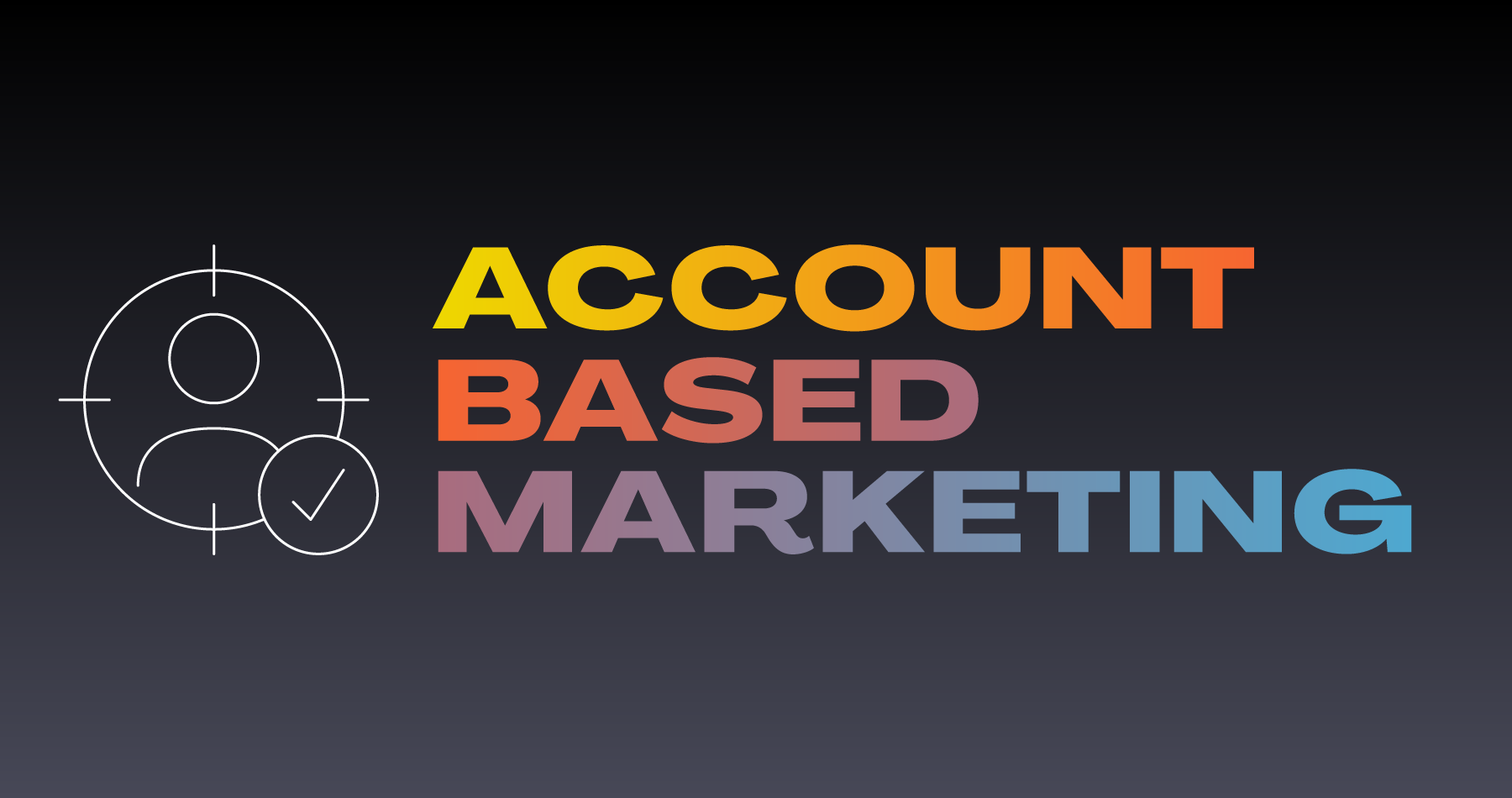Interactive Video Throughout the Customer Lifecycle
Marketing

Over the past several years, we’ve witnessed the transformative effect that interactive video has had throughout the e-commerce customer lifecycle. While online shopping has been around for decades, the shopper’s desire to have a holistic, personalized journey that encapsulates the entire experience has continued to grow.
Today’s digital landscape provides opportunities for merchants to stand out by reorienting their e-commerce strategies toward a more interactive customer-centric approach. A crucial part of this approach is leveraging various interactive elements in video to offer immersive experiences that engage customers throughout their lifecycle. And this goes far beyond simply adding a “buy now” button to e-commerce videos.
To truly maximize the opportunities interactive video elements hold, we need to understand the modern e-commerce customer lifecycle and—most importantly—how it’s changed.
What Is the Customer Lifecycle?
The customer lifecycle is the journey a person takes to discover, research, buy, and use a product and transform into a brand advocate.
In the past, e-commerce customers would typically take a predictable, linear path to purchase, starting with discovering the product, becoming interested in it, researching pros and cons, and then purchasing the product. Once purchased, the journey would continue with post-purchase activities like using the product and potentially reviewing it and becoming a brand advocate.
But with more sources of information available to consumers, like video, social, and, most recently, AI-driven search engines, we’ve seen a shift to a nonlinear journey that is permanently replacing the traditional linear path.
It’s now much more common for today's customers to criss-cross through various stages of the buying journey. They’re consuming more information from more sources, discovering new products on social media through savvy ad targeting, and comparing prices across sites.
How the Customer Lifecycle Has Changed
The shift from a linear customer lifecycle to one that looks more like a pretzel means it’s imperative for merchants to deliver seamless, guided experiences. This includes making it easier to discover products, engage with brands, consume relevant information, purchase quickly and easily, and then build a meaningful post-purchase relationship.
As part of this linear to nonlinear shift, merchants are getting better data about consumer interest and preferences that can help shape future content initiatives. For example, let’s say the data shows that half of your viewers watch a video about Topic 1, then jump to Topic 4, and then go back to Topic 2, but totally skip Topic 3. By analyzing these behaviors, we can understand not only which videos are most effective at driving purchases, but perhaps in which order the videos should be presented.
When examining this nonlinear buying journey, we see a clear common denominator: Customers now want, and have, more control over their buying journey than ever before. From online reviews to video, social posts to comparison shopping, the connected digital aspect of e-commerce empowers consumers to create their own journey. And they’ve gotten used to this variety of options and level of control.
Interactive video elements are particularly effective in giving customers more control over their journey. However, this level of control comes with its own level of responsibility. More choices and options means the post-purchase experience is that much more important to the overall lifecycle.
How to Incorporate Interactive Video Features
Even as consumers take a nonlinear path to purchase, the stages of the lifecycle have largely remained unchanged. Fortunately, there are many opportunities to incorporate interactive video elements into each stage. The following best practices can help get you started.
Awareness and Discovery
For customers in this phase of the lifecycle, the goal is to create a positive and memorable impression of your brand and build awareness of your offerings. Shorter videos (1 minute or less) like product sizzles and brand overviews tend to work best here. You want to help them easily discover the many different aspects of your products while also giving them opportunities to explore further.
Since potential customers are likely exploring and researching other options, the interactive elements should produce an engaging and succinct video experience.
- Sentiment. Simple elements like a thumbs up/down, star ratings, or emojis give viewers the power to tell you if they’re enjoying the content or product. In addition to engagement, they offer you valuable insights that can help you adjust your approach based on viewer input.
- Overlays. When clicked, overlays can lead viewers to webpages with more detailed or logical next-step information. These allow interested customers to learn more without interrupting the flow of the video. Buy-now buttons can also be appropriate at this stage, especially if the product is simple and doesn’t require deeper explanation.
- Video-to-Video Branching. Like overlays, video-to-video branching offers viewers the opportunity to get more information, but through video and without ever leaving the video experience. Keep in mind that viewers at this stage do more window shopping than in-depth research, so don’t get too aggressive with related info links.
By knowing your goals and purposely selecting the interactive elements, you can build a strong foundation that sets up the following phases in the journey.
Conversion and Purchase
For consumers considering a purchase, the goal is to make it easier for them to make a final decision while delivering a seamless purchase experience. Medium-length videos (2-5 minutes) that provide comprehensive details about your product work best during this phase. Content including product demos, how-to videos, and user reviews should be a primary focus.
During this phase, you’ll want to make sure your content is informative and not overly promotional. The following interactive features can help with this approach.
- Chapters. Viewers at this stage are conducting research. That means they’re skimming and searching for content that answers their questions before making a purchase. And while in-depth videos are better equipped to answer those questions, videos are difficult to skim. That’s where chapters come in. Adding chapters to videos is like adding subheadings to a blog post. They break up the content into bite-size sections, allowing viewers to quickly find what they’re looking for.
- Video-to-Video Branching. Essentially crosslinking for video, video-to-video branching works even better at this stage. These viewers have higher intent, so they’re more likely to interact, allowing you to collect more data and further refine the experience. In other words, giving more control of the customer journey gives you more insights to make it better.
- Overlays. Beyond related videos, other relevant content like technical specifics, expanded product uses, user reviews, or customer success stories can be linked to with overlays. This is also where you want to make strategic use of buy-now buttons. A one-click experience to complete the purchase minimizes unnecessary steps and helps avoid potential drop-offs.
Knowing your conversion goals, optimizing your video content, and utilizing suitable interactive features are critical for guiding your users from the consideration to conversion phase. They’ll also help deliver a seamless and enjoyable shopping experience, which leads directly into the next phase.
Retention and Advocacy
With purchase complete, it’s important to begin fostering brand loyalty, laying the foundation for increased customer lifetime value and transforming buyers into brand advocates. Or, simply put, your content should demonstrate why your product works well and why so many people are using it. Medium-long (3-10 minutes), personable videos that offer a behind-the-scenes look, tips and tricks, or unique features and uses of your product work best.
Consumers at the post-purchase phase are usually willing to give you more of their attention, which nicely aligns with a few interactive video elements.
- Personalized Content. Leverage the viewing data and insights you’ve collected to offer personalized viewing experiences. This can mean more than using their name in the video. You could reference their purchase history and offer videos of accessories that complement a recent purchase. By showing customers that you understand their preferences and can cater to them, you’ll help build a deeper bond and drive brand affinity.
- Polls and Feedback. Show your customers that their opinions matter even after the purchase by embedding polls or custom forms in your videos. These tools can give you valuable insights from some of your most high-value audiences: those who have bought and used your product.
- Chat Features. Chat will allow you to engage directly with your customers to understand any questions or challenges they may have after purchasing the product. Combined with personalization, this feature especially helps demonstrate their importance as your customer.
Interactive Video Best Practices
With a solid understanding of how interactive elements can support the different phases of the customer lifecycle, there are some general best practices to be mindful of.
- Err on the Side of Moderation. While interactivity leads to deeper engagement, too much interactivity can be distracting. Be mindful of the message you want to communicate and that too much interactivity doesn’t detract from that or overwhelm viewers.
- Align Interactivity with Video Goals. Clearly understand your objectives for each video and ensure that every interactive element supports these objectives. Each point of interactivity should be specifically designed to guide the viewer towards achieving your desired action or outcome.
- Prioritize Usability. Interactive features are only effective to the extent that people use them. To increase the likelihood of engagement, make sure that each element is:
- Easily noticeable
- Intuitive
- On screen long enough for viewers to recognize it and engage with it
- Clear about what the intended action should be (for example, if the interactive feature is designed for viewers to schedule an appointment, this should be explicitly stated to eliminate any potential confusion)
- Gradually Increase Interactivity. As customers move farther along in their journey, their level of engagement usually increases. Match this progression by gradually introducing more sophisticated interactive elements that correspond to their growing attention and involvement.
- Provide a “Return on Engagement” at Each Stage. Meaningless interactivity or engagements that don’t provide value can be counterproductive. Each one should offer a reward or benefit that is meaningful enough to justify the user’s time and engagement. There are a variety of ways that this can be achieved, from useful information to unique insights to personalized experiences they wouldn’t get elsewhere.
Beyond deeper and more meaningful engagements, these best practices can help your interactive elements serve as an invisible guide throughout their journey. They’ll help transform your videos from merely more content into powerful tools in your overall e-commerce strategy.
Interactivity for the Modern Shopper
The era of linear customer lifecycles and quality-based customer retention is in decline. In its place, the nonlinear approach to buying requires merchants to engage and guide users along their journey.
As customers expect more control, engagement, and value from the companies they buy from, interactive video elements can help fulfill these expectations throughout the lifecycle. In short, these consumers want to be active participants as opposed to passive audiences. Interactivity can help bridge this gap while fundamentally reshaping the customer lifecycle to become more sustainable and customer-centric.
As you look to incorporate more interactive elements, keep in mind that it’s not just about making e-commerce more convenient. It’s about crafting a more dynamic, personalized, and sustainable customer lifecycle for the modern shopper.



